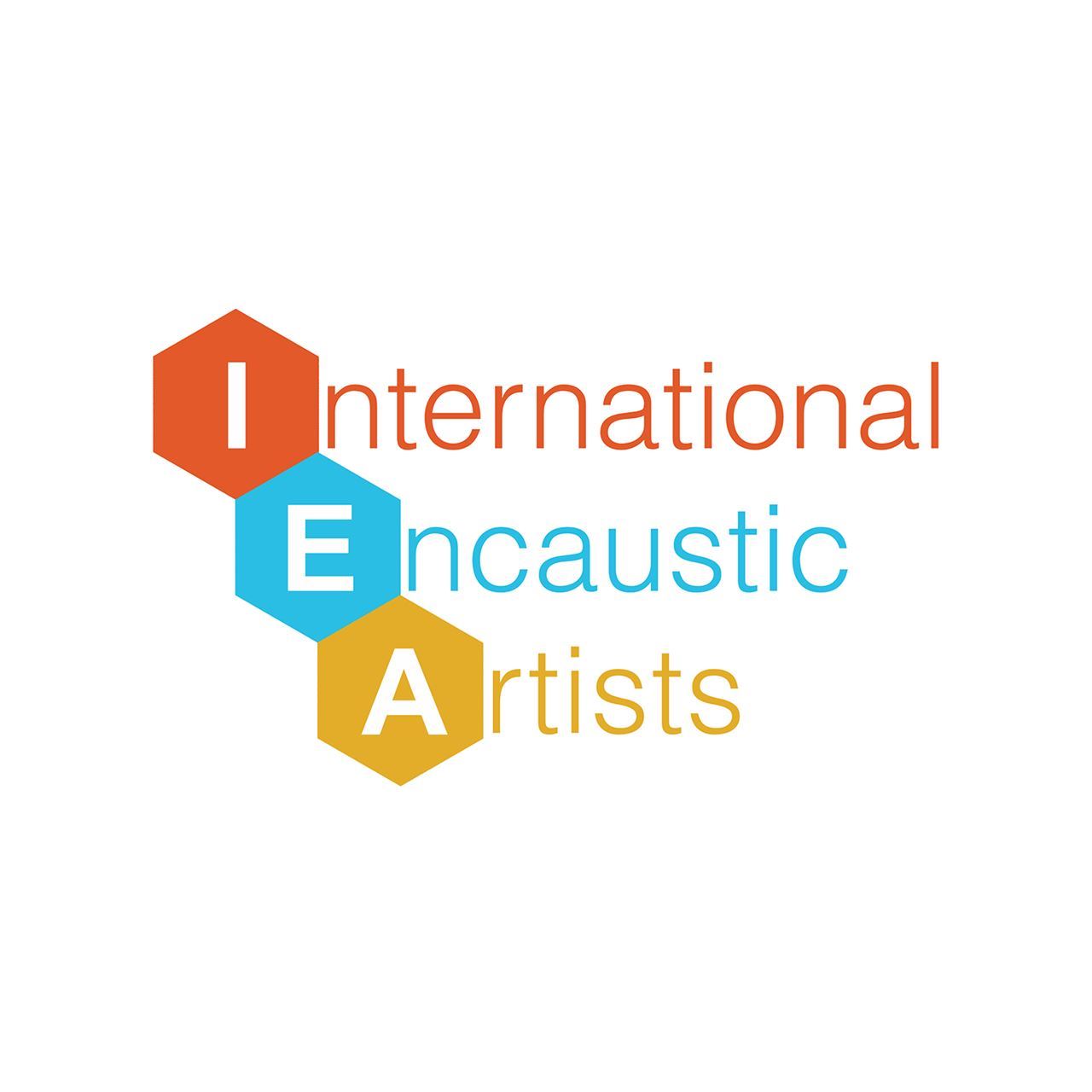Meet Isabelle Gaborit, IEA Mentor
Isabelle Gaborit
| What Isabelle Gaborit offers her mentees: Isabelle, a seasoned and compassionate mentor, possesses an innate ability to actively listen and discern the unique needs of her mentees. With over two decades of experience as an artist, workshop facilitator, and mentor, she has honed her craft to provide invaluable guidance. Isabelle’s nurturing approach fosters growth, empowering mentees to reach their full potential. Her demeanor is approachable, her patience and her passion for sharing knowledge—accumulated over those 20 years—makes her an ideal mentor for those seeking professional development in the realm of art, community and personal growth. About Isabelle Isabelle, a professional visual artist, holds a BA (Hons) and hails originally from La Rochelle in the southwest of France. Currently residing on Ireland’s west coast, her artistic journey began at l’Ecole des Beaux Arts in Poitiers, France, where she honed her skills in sculpture, drawing, and painting. In 2006, Isabelle graduated with an honors degree in fine arts in Ireland. Since then, her creative endeavors have taken her on a dynamic path, showcasing her work in national and international exhibitions across locations such as the USA, Northern Ireland, Ireland, China, and France. Isabelle describes herself as a contemporary artist, although her preferred medium of encaustic has ancient roots. In her studio, nestled between the sea and the lake on Ireland’s west coast, she immerses herself in the raw beauty of the natural environment. The rugged shores, dramatic skies, deep cracks, and rugged stones inspire her process-driven practice. Each painting undergoes a series of stages, mirroring the forces that shape landscapes: construction, destruction, growth, and decay. Much like an archaeological process, her paintings evolve through the physicality of layering pigmented beeswax, scraping it back while cooled, scoring, and shaping. This intricate technique results in highly tactile surfaces that invite viewers to explore the nuanced history embedded within each work. |



